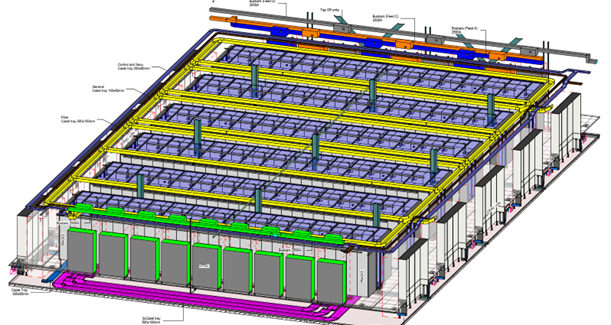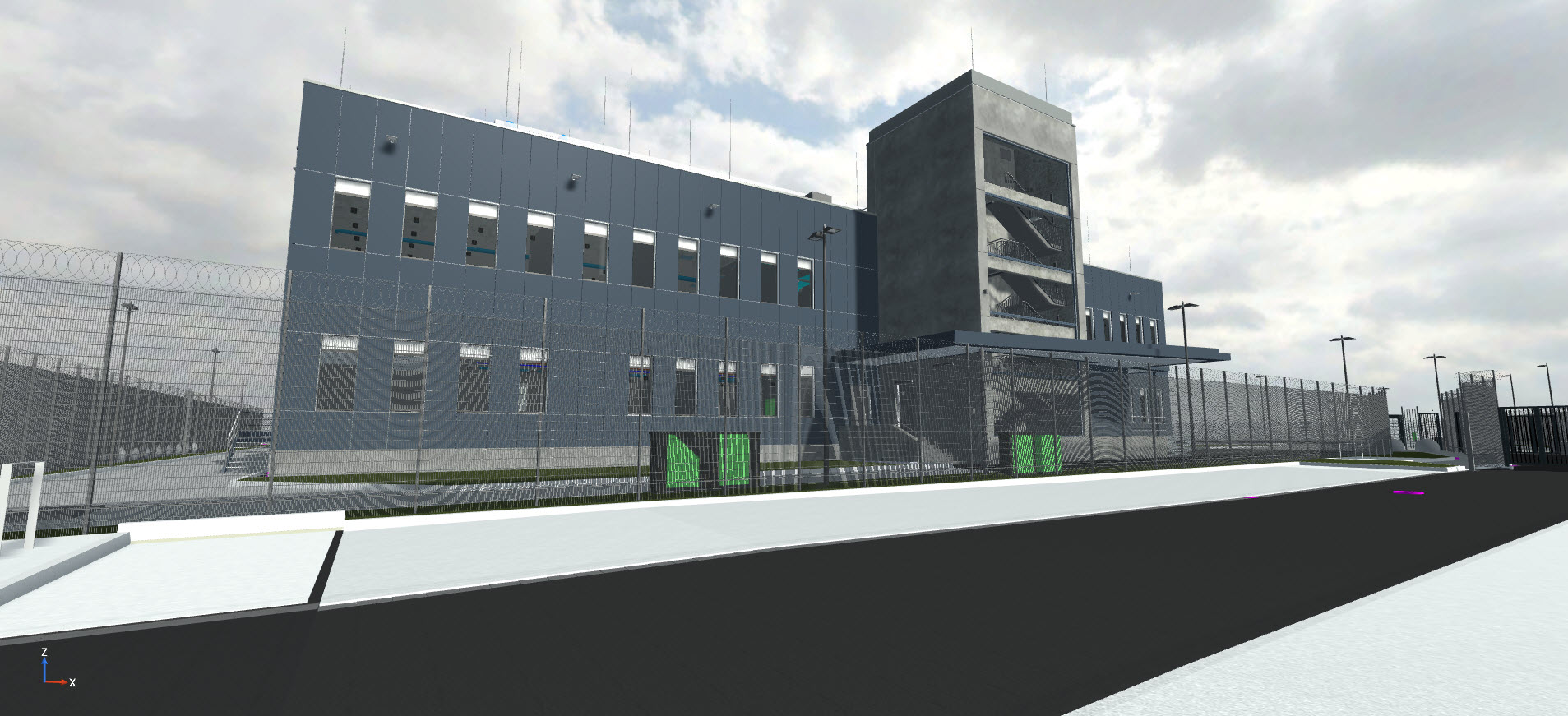Blog
The Datacenter
Where does Netflix “reside”? Where do we download the apps? Where will the uploaded TikTok videos end up? The answer to these questions is usually “the cloud”, but what is the cloud and where is it?


The internet and the cloud consist of the network of connected computers, but in order to be able to work from home or to find the nearest restaurant on our phone any time we need to, the constant operation of the countless network elements is necessary. In order to securely and efficiently operate multiple computers with functions like this at the same time, the large IT communications companies (NTT, Invitel, Telekom in particular are building facilities in which the IT systems installed can operate smoothly and independently of external conditions. The existence of these facilities make the operation of companies providing software-based services (Amazon, Facebook, Google, etc.), among others, to store, process and transmit a large amount of data, at any time of the day, anywhere, almost instantaneously. The cost of setting up and maintaining a data center is very high, which is why various smaller enterprises install a small server or a complete server room within their own office space to operate their internal network and to store sensitive data.
If you have been in a room like this, you will probably have notices that not only the racks (servers in cabinets) but also the air conditioning units to cool the room are constantly running, keeping the equipment and the room itself at the right temperature to prevent overheating. Cooling is also a key consideration when designing data center halls with hundreds or even thousands of servers is also. In the picture below shows the 3D layout of a server room with the racks in the middle, the CRAC units (Computer Room Air Conditioning units) on the right and left sides of the room for blowing cold air, and PDUs (Power Distribution Units) on the other two sides of the room.

The racks would overheat and shut down in a very short time without cooling, but when a power outage happens during energy supply it will lead to data loss. Even a data center outage can cause disruption or complete shutdown not only in the operation of Netflix, but in the banking services and other sectors as well, so it is crucial to plan the power supply of the racks and the cooling system to critical consumers in a way that they will be able to operate without any disruption in the event of a power and cooling system failure. To do so, UPS (Ultimate Power Supply) units need to be planted as the first line of defense.
These devices are backed up by batteries that enable them to provide power supply for some minutes. If the failure persists, an alternative power source is needed. In all these cases, generators are the primary alternative. In addition, data centers may have two or even more separate electricity feeds from the power company. The electricity supply of data centers is also difficult because these facilities need an immense amount of energy. This is why it is common to characterize their size not only by their area but often also by their energy consumption. The average size of a data center in the US is 50MW. This is approximately equivalent to the energy requirement of 80,000 households. The power demand of the largest data centers can be more than 100MW and the area around them is more than 10.000 m2. The bigger the data center, the more environmentally friendly and the more economical it is to operate (and thus the cloud services)
The largest data centers (e.g., Chine Mobile) have the capacity to operate up to 400,000 racks. Because of their size and their electricity requirements, they are often located on the outskirts of cities in industrial areas, but to reduce their negative effect on the environment, there are increasing attempts to deploy them in cities to provide heat for nearby households using the heat generated by the racks. According to details from 2022, the energy consumption of the world’s databases surpassed the energy consumption of the UK. Most of these data centers are in the US (2701), the second largest number of data centers is in Germany (487), the third largest is in the UK (456), followed by China (443).
Writer: György Finster, electrical engineer
Recent posts
Introduction to Electrical Design in University Education
The building electricity design project at the Kandó Kálmán Faculty of Electrical Engineering at Óbuda University provides an excellent opportunity for students to gain practical experience. Once students have completed their educational project, they will have the opportunity to join our internship programme.
#mutiholdolgozol day (Showuswhereyouwork) in our office
On 3 April, we held a very special day at our architects' office, in connection with the #mutiholdolgozol campaign. It was a day where the children of our staff could get an insight into our work and experience what their parents' workday looks like.
Automating AHU Family Creation
Our collaboration with Rosenberg Gmbh exemplifies our dedication to delivering customized solutions that enhance the efficiency of Air Handling Unit (AHU) design for mechanical engineers. Through careful planning and expertise, we've crafted a tailored tool that simplifies the integration of AHU designer software with Revit content, easing the workload for mechanical engineers collaborating with Rosenberg Gmbh
NOT-SO-FANTASTIC ARCHITECTS AND WHERE TO FIND THEM
Last week, our colleagues took part in another career orientation day entitled NOT-SO-FANTASTIC ARCHITECTS AND WHERE TO FIND THEM, presenting the designing profession to the interested students of Babits Mihály Gimnázium.
We participated at a Professional Expo at BME’s Cultural and Professional day
Our engineers participated at BME’s Cultural and Professional day, which was organized by BME's Faculty of Civil Engineering.
Our BIM Studio leader presented at a BIM Talk Event
In November, the KÉSZ Group held its BIM Talk Event, where professionals within the Group interested in BIM took part in high quality presentations and participated in interactive round table discussions. Zsolt Oláh, STUDIO IN-EX’s BIM Studio leader was invited as a presenter.

